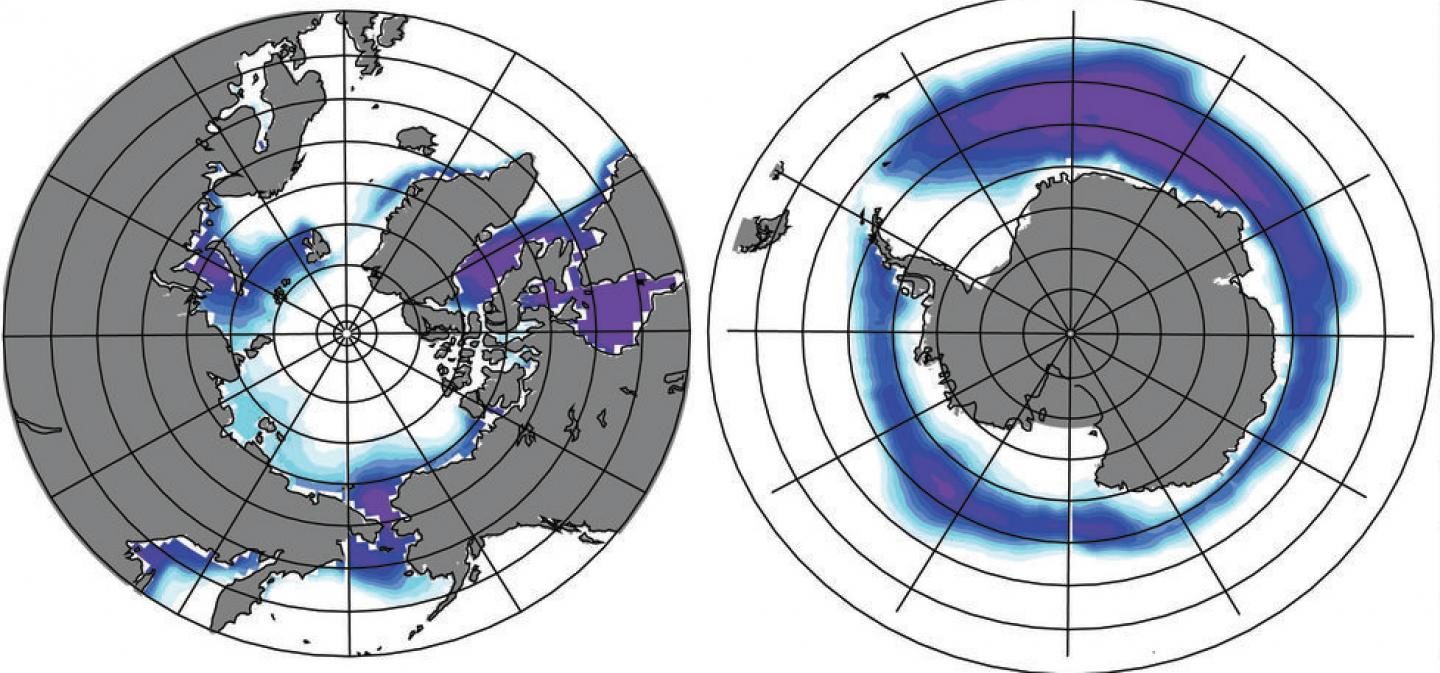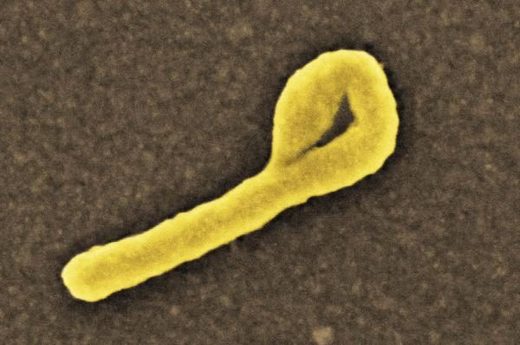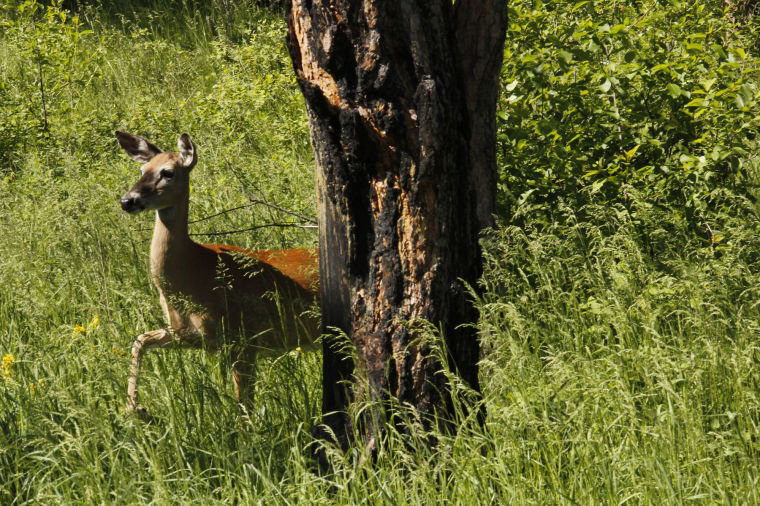OF THE
TIMES



The first cases were reported between December 2 and December 10 in the northern coastal área of the State of Bahia in central Brazil - sudden intense pain in the cervical region, then in the limbs and torso, back, moving down to the legs, and passing black urine. In all cases CPK muscular enzymes suffer significant alterations. Renal deficiency was detected in at least one patient and the first medical reports suggested a vírus which was contracted through contact with droplets of saliva or physical contact...
...The local newspaper Correio24horas reports no less than 18 cases, 16 in the capital, Salvador de Bahia. The other cases were registered in the city of Valença, in the Southern part of the State of Bahia. The cases in Salvador are all linked to the same source - the victims came from three families who ate a moqueca, or stew, made with a Bull's Eye (Olho de Bói, or Arabaiana) bought from fishermen on the beach of Genipabu, in Guarajuba. The fact that there are other cases registered elsewhere may point towards the existence of a vírus.

Comment: For an even more in-depth study of cosmic forces at work, read Pierre Lescaudron with Laura Knight-Jadczyk's Earth Changes and the Human-Cosmic Connection